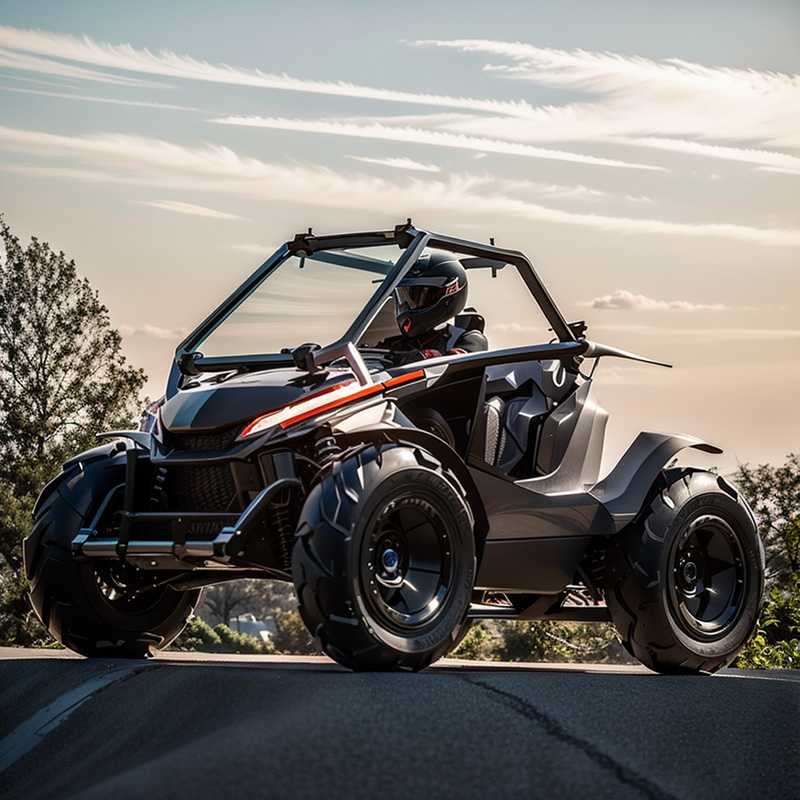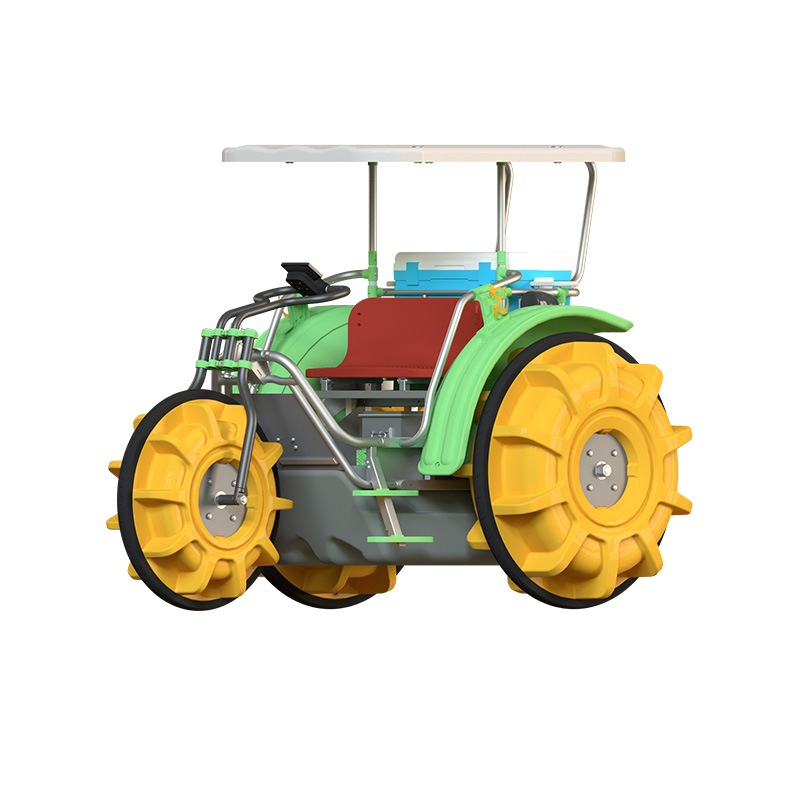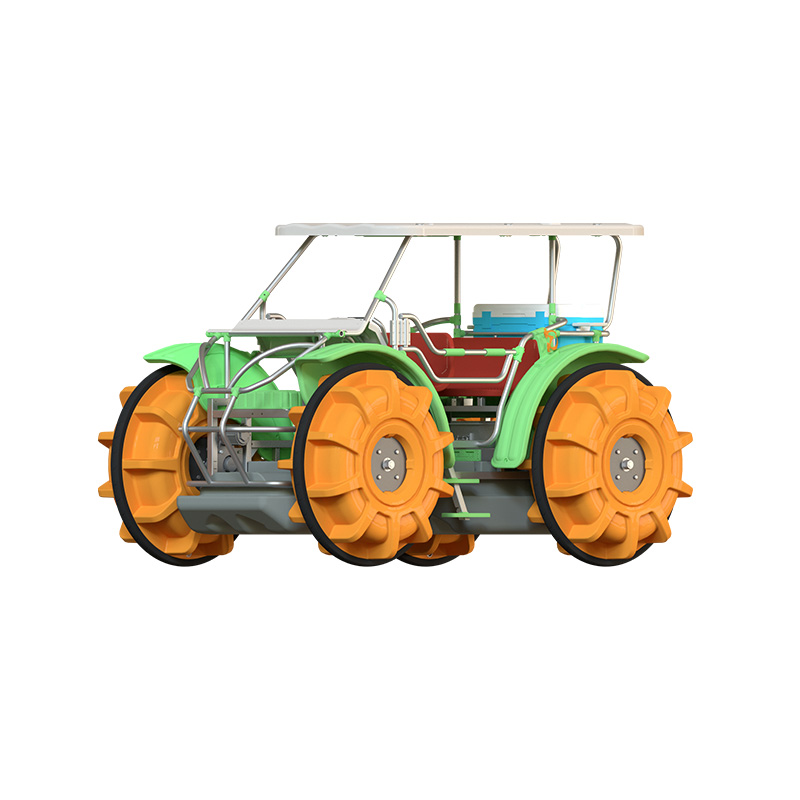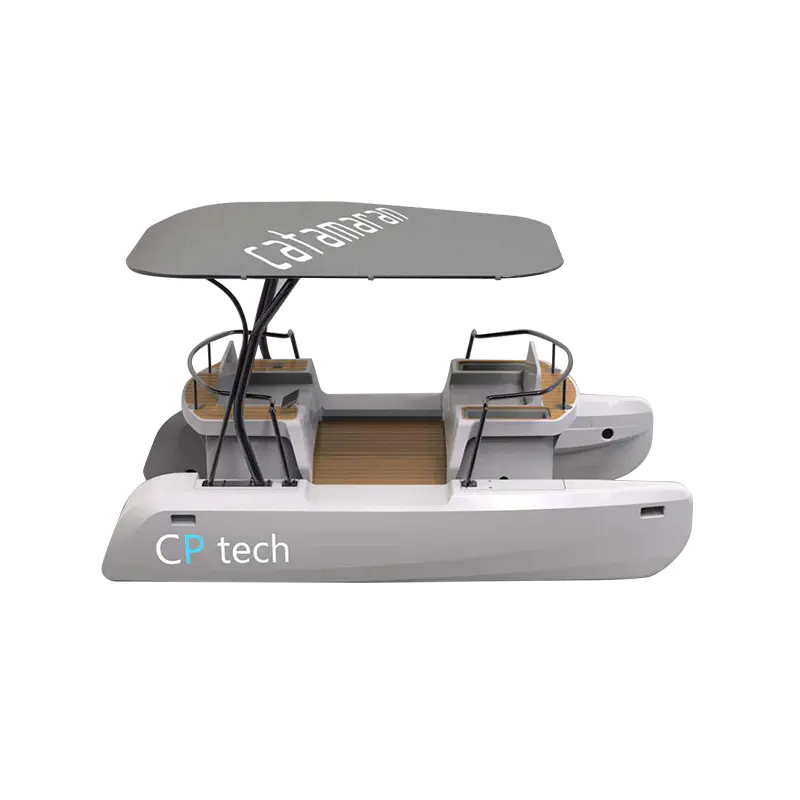Function Improvement of ATV All Terrain Off Road Vehicles
2025-04-18
ATV All Terrain Off Road Vehicles have become an integral part of various outdoor activities, ranging from recreational riding to industrial applications. These versatile machines are specifically designed to navigate a wide range of terrains, including forests, hills, sand dunes, and rocky paths. Over time, the capabilities of the ATV All Terrain Off Road Vehicles have improved significantly, driven by advancements in engineering, technology, and material science. These enhancements are not just aimed at increasing power or speed but also at improving safety, efficiency, and overall user experience.

Enhanced Suspension Systems
One of the significant improvements in ATV All Terrain Off Road Vehicles is the development of advanced suspension systems. Traditional suspension systems, while effective, often lacked the ability to cope with the diverse and unpredictable terrain that off-road vehicles typically encounter. In recent years, however, ATV All Terrain Off Road Vehicles have seen the integration of high-performance independent suspension systems (IRS).
These systems allow each wheel to operate independently, meaning the vehicle can absorb rough terrain more effectively, providing a smoother ride. The IRS also improves the handling of the vehicle, making it more stable and reducing the likelihood of tipping on uneven ground. This is especially important for riders who venture into rugged, rocky, or heavily wooded areas. The improvement in suspension technology enhances not only comfort but also safety, giving riders better control over their vehicles in challenging environments.
Improved Engine Power and Efficiency
The power output of ATV All Terrain Off Road Vehicles has also seen considerable improvements. Modern models come with more powerful engines that are capable of handling tougher terrain with ease. Whether it's a muddy trail, a steep incline, or deep sand, the engine's torque and horsepower are designed to ensure consistent performance.
At the same time, engine efficiency has been a key focus of innovation. Newer ATV All Terrain Off Road Vehicles often feature fuel-injected engines that offer better fuel economy, reducing the need for frequent refueling during long trips. Hybrid models are also emerging, where electric motors are integrated alongside traditional gasoline engines, allowing for quieter and more eco-friendly rides. These advances in engine design mean that ATV All Terrain Off Road Vehicles can operate for longer durations while maintaining performance, whether on rough trails or flat terrains.
Better Braking Systems
Another key improvement in the function of ATV All Terrain Off Road Vehicles is the advancement of braking technology. Early models of ATVs often struggled with braking power, especially when descending steep inclines or when carrying heavy loads. Today, many ATV All Terrain Off Road Vehicles come equipped with advanced disc brake systems that offer much greater stopping power and control.
In addition to traditional braking, some models have incorporated electronic systems such as engine braking, which helps slow down the vehicle when descending hills. These systems ensure better control and a reduction in the risk of skidding or losing traction. The improved braking systems make ATV All Terrain Off Road Vehicles safer and more predictable in a wider variety of conditions.
Enhanced Durability and Build Quality
Durability is a crucial aspect of ATV All Terrain Off Road Vehicles, especially for those used in industrial or agricultural applications. In recent years, manufacturers have made significant strides in the materials used to construct ATVs. The frames of modern ATV All Terrain Off Road Vehicles are often made from high-strength steel or lightweight but durable aluminum alloys, which reduce the overall weight without compromising strength.
The addition of advanced coatings and rust-resistant finishes helps protect the vehicle from harsh environmental factors like mud, water, and UV rays, extending the lifespan of critical components. These improvements are particularly beneficial for users who operate ATV All Terrain Off Road Vehicles in harsh climates or wet environments, where rust and corrosion were once major concerns.

 English
English  русский
русский  عربى
عربى 









